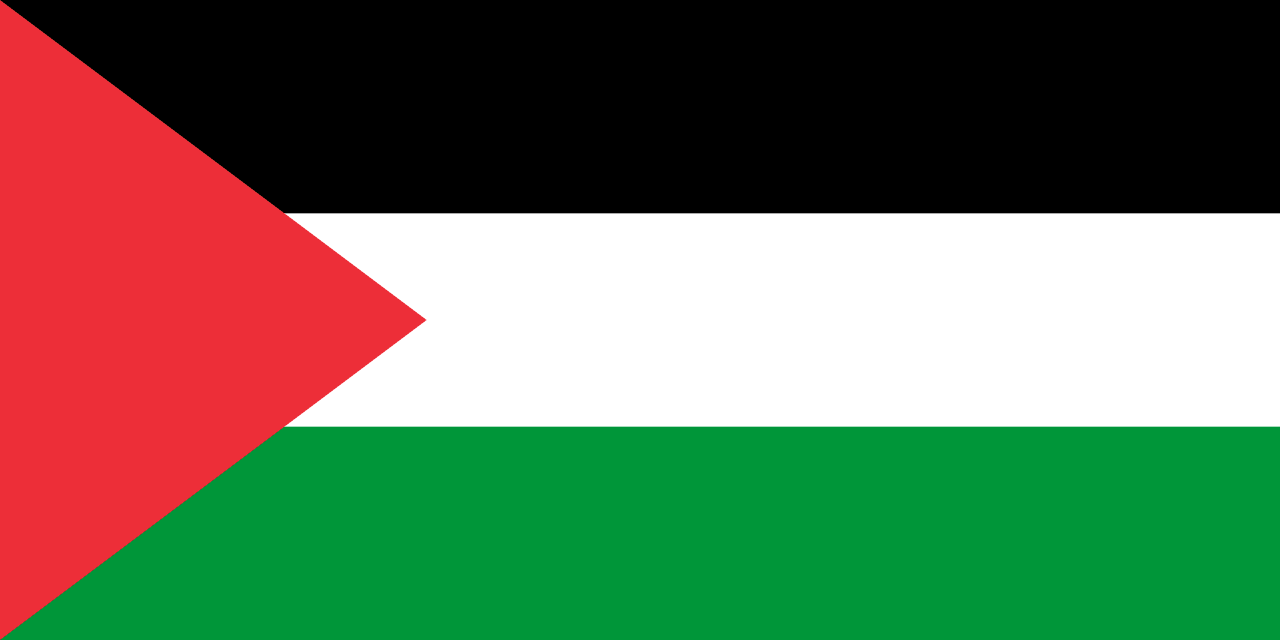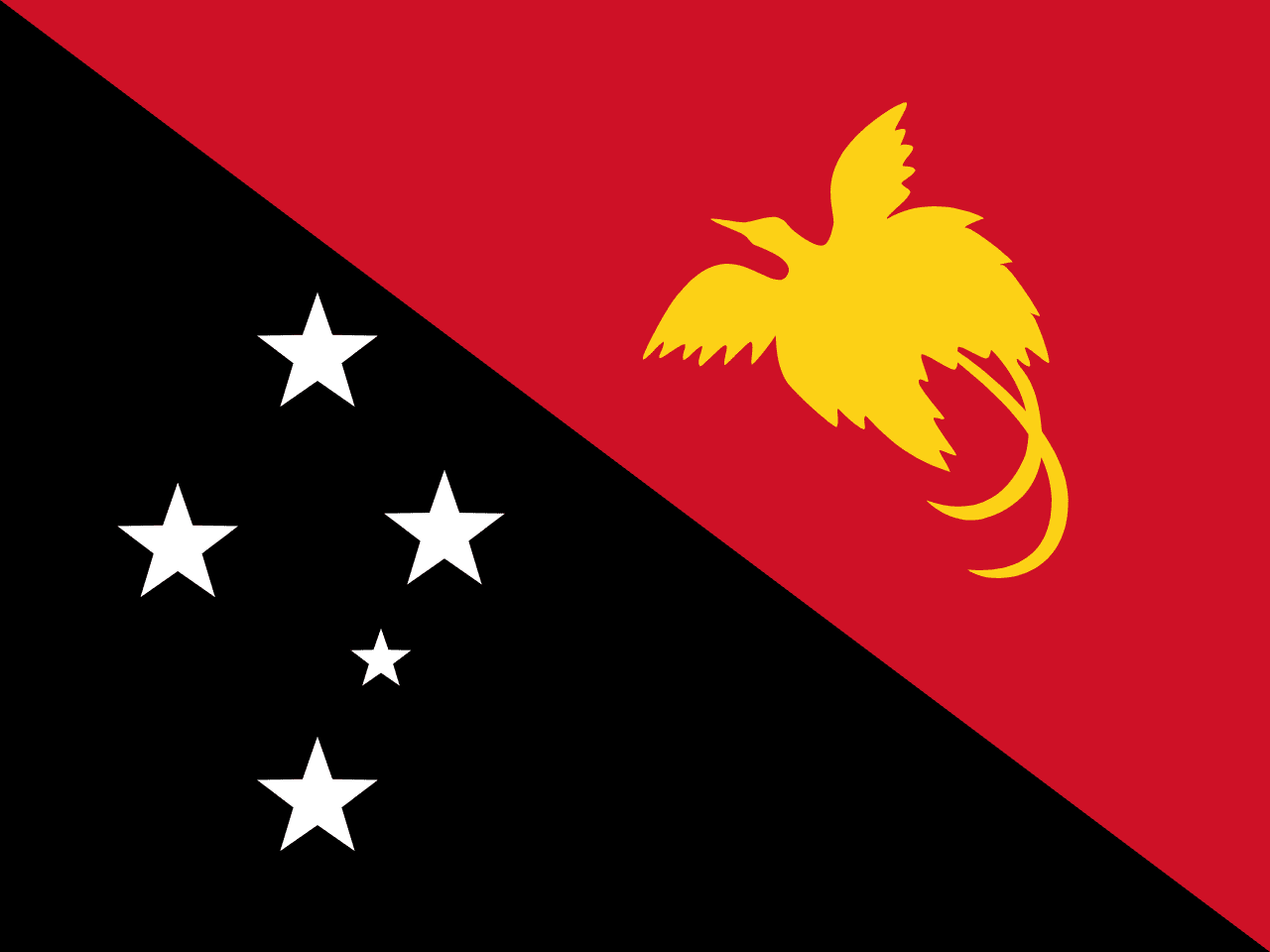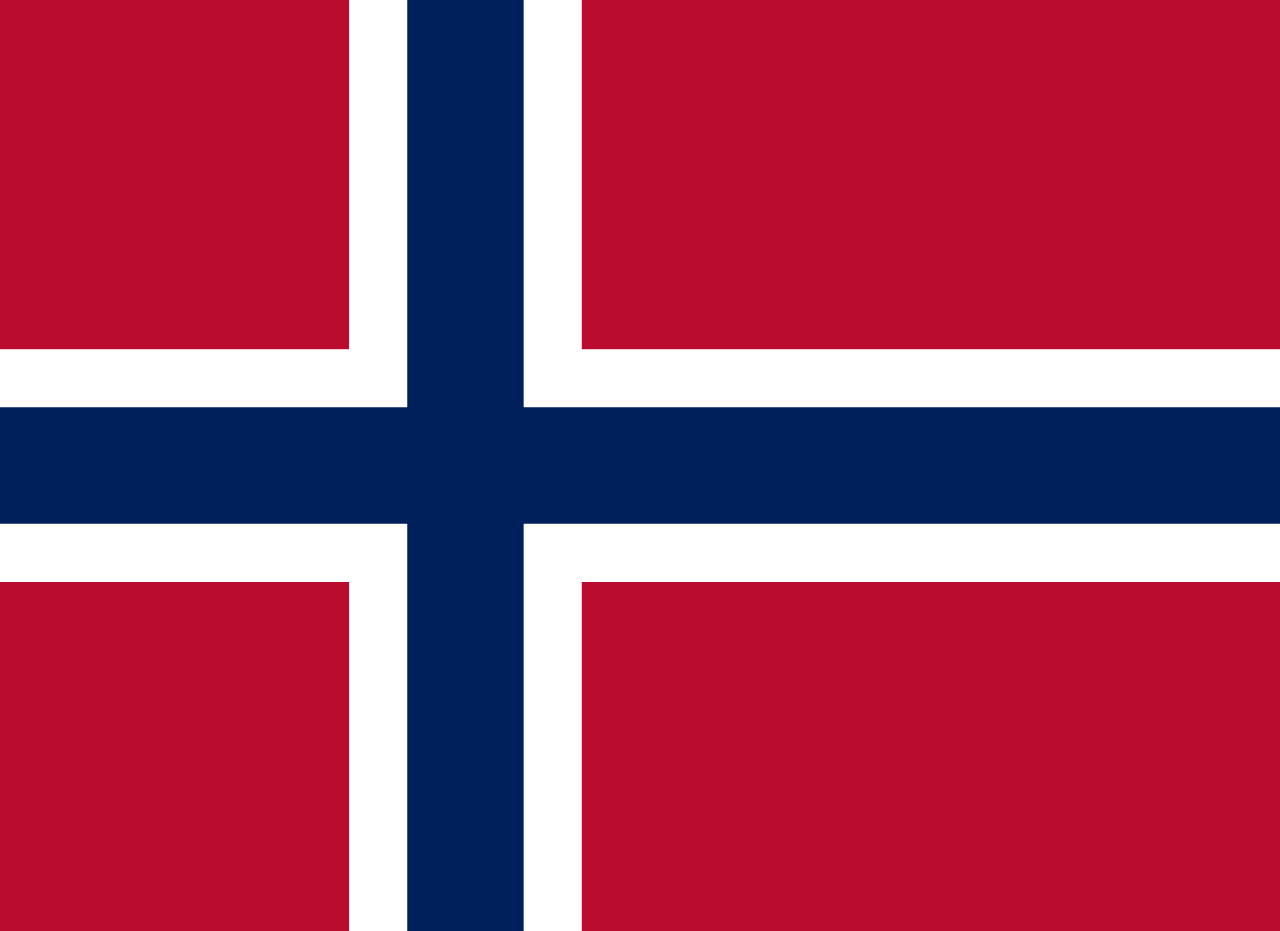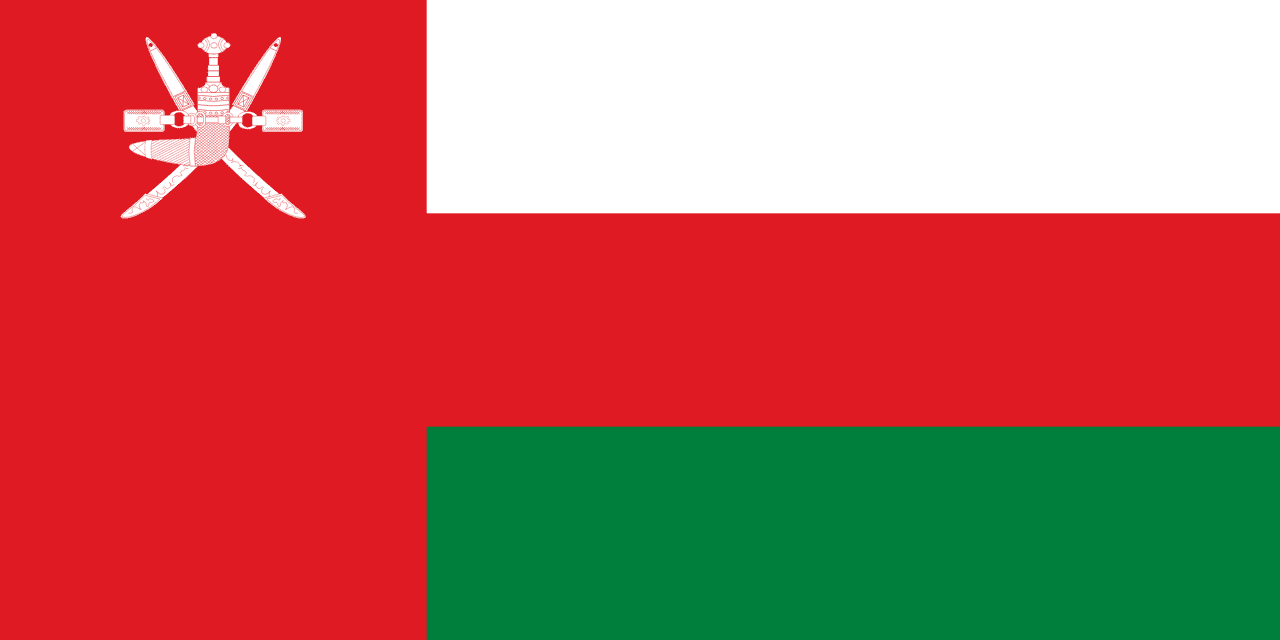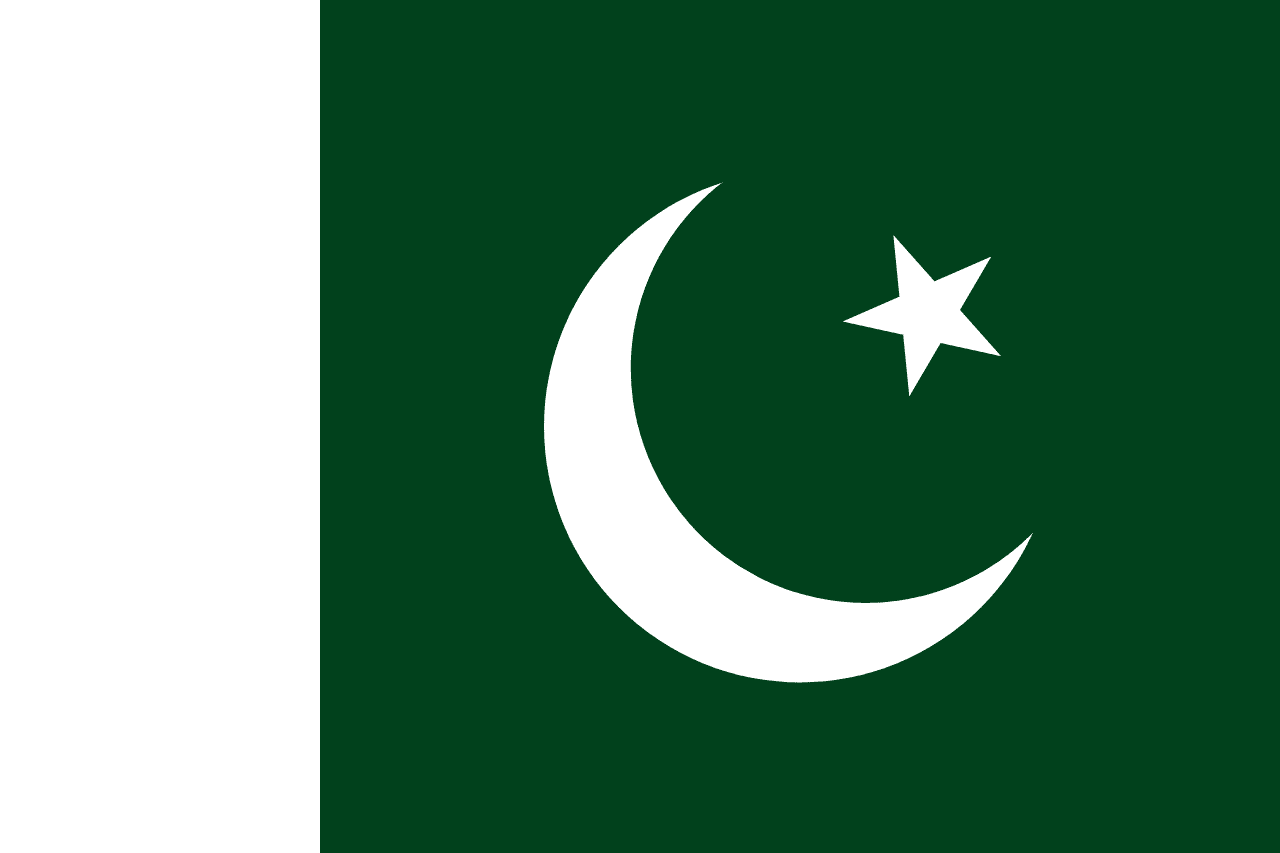The flag of Palau features a light blue field with a large golden-yellow disc slightly off-center towards the hoist side. This simple yet striking design encapsulates the essence of Palau's natural beauty, cultural heritage, and its people's connection to the sea and sky.
Palau information
| National Flag Day | — |
| Sovereign state | Yes |
| Official name | Republic of Palau |
| Capital | Ngerulmud |
| Population | 22,051 |
| Area | 459 km² |
| Currency | United States dollar (USD) |
| Language | Palauan, English |
| Continent | Oceania |
| Region | Micronesia |
| Subregion | — |
| Borders | None (island nation) |
| Timezone | Palau Time (PWT) UTC+9 |
| Calling code | +680 |
| Top-level domain | .pw |
History of the Palauan flag
 The flag of Palau was officially adopted on January 1, 1981, when the country became a republic after separating from the United States-administered Trust Territory of the Pacific Islands. The design was created by Blau Skebong, a local artist, and was chosen through a national contest held in 1979. The adoption of this flag marked a significant milestone in Palau's journey towards independence, which was fully achieved on October 1, 1994.
The flag's design was inspired by the Palauan saying "Olbiil era Kelulau" which means "government of the people." It represents the nation's commitment to democracy and self-governance, while also paying homage to the natural elements that have shaped Palauan life and culture for centuries.
The flag of Palau was officially adopted on January 1, 1981, when the country became a republic after separating from the United States-administered Trust Territory of the Pacific Islands. The design was created by Blau Skebong, a local artist, and was chosen through a national contest held in 1979. The adoption of this flag marked a significant milestone in Palau's journey towards independence, which was fully achieved on October 1, 1994.
The flag's design was inspired by the Palauan saying "Olbiil era Kelulau" which means "government of the people." It represents the nation's commitment to democracy and self-governance, while also paying homage to the natural elements that have shaped Palauan life and culture for centuries.
Symbolism and design of the Palauan flag
The Palauan flag's design is rich in symbolism, reflecting the nation's geography, culture, and aspirations. The light blue field represents the Pacific Ocean, which surrounds the Palauan archipelago and plays a crucial role in the country's economy, culture, and way of life. This shade of blue also symbolizes the clear skies above Palau, representing freedom and peace. The large golden-yellow disc, slightly off-center towards the hoist side, is the most prominent feature of the flag. It represents the full moon, which holds significant importance in Palauan culture. In traditional Palauan society, the full moon was considered the optimal time for many human activities, including fishing, planting, harvesting, and holding important community events. The moon's slightly off-center position is intentional and holds deeper meaning. It represents Palau's journey towards independence and self-reliance, moving forward while staying grounded in its cultural roots and traditions. The simplicity of the design also reflects the straightforward nature of the Palauan people and their harmonious relationship with their environment. The contrast between the blue background and the yellow disc creates a visually striking effect, making the Palauan flag one of the most recognizable in the Pacific region.
Usage and significance of the Palauan flag
 The flag of Palau holds immense significance as a symbol of national identity, unity, and sovereignty. It is prominently displayed on government buildings, schools, and during official ceremonies throughout the country. The flag plays a central role in national celebrations, particularly during Palau's Independence Day on October 1st, when the islands come alive with blue and yellow decorations.
In daily life, the Palauan flag serves as a reminder of the nation's hard-won independence and its commitment to preserving its unique cultural heritage while embracing modernity. It is often seen flying alongside the flags of Palau's 16 states, reflecting the country's system of governance that balances national unity with respect for regional identities.
Internationally, the Palauan flag represents the country at diplomatic functions, sporting events, and global forums. It symbolizes Palau's sovereignty and its role as a small but significant player in Pacific affairs, particularly in areas of environmental conservation and sustainable development.
The flag of Palau holds immense significance as a symbol of national identity, unity, and sovereignty. It is prominently displayed on government buildings, schools, and during official ceremonies throughout the country. The flag plays a central role in national celebrations, particularly during Palau's Independence Day on October 1st, when the islands come alive with blue and yellow decorations.
In daily life, the Palauan flag serves as a reminder of the nation's hard-won independence and its commitment to preserving its unique cultural heritage while embracing modernity. It is often seen flying alongside the flags of Palau's 16 states, reflecting the country's system of governance that balances national unity with respect for regional identities.
Internationally, the Palauan flag represents the country at diplomatic functions, sporting events, and global forums. It symbolizes Palau's sovereignty and its role as a small but significant player in Pacific affairs, particularly in areas of environmental conservation and sustainable development.
Interesting facts about the Palauan flag
- Palau's flag is one of the few national flags that does not contain the colors red, white, or green.
- The flag's design makes it one of the most easily recognizable flags in Micronesia and the broader Pacific region.
- Palau is known for its spectacular marine life and was one of the first countries to create a shark sanctuary, reflecting the nation's commitment to ocean conservation symbolized by the blue in its flag.
- The golden-yellow disc on the flag is sometimes referred to as a "Palauan dollar," humorously noting its resemblance to a coin and the nation's use of the U.S. dollar as its currency.
- In Palauan culture, the cycle of the moon represented by the flag's disc is still important for timing traditional practices and celebrations.
